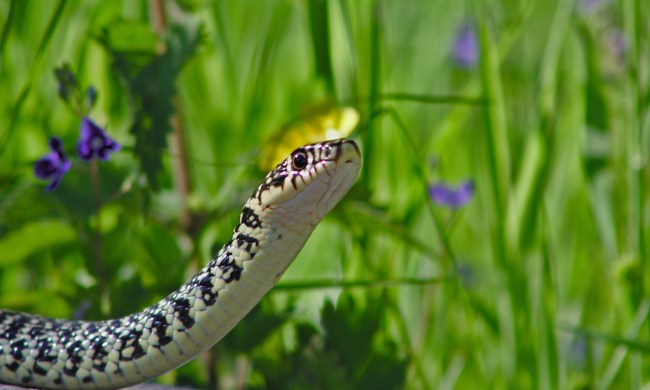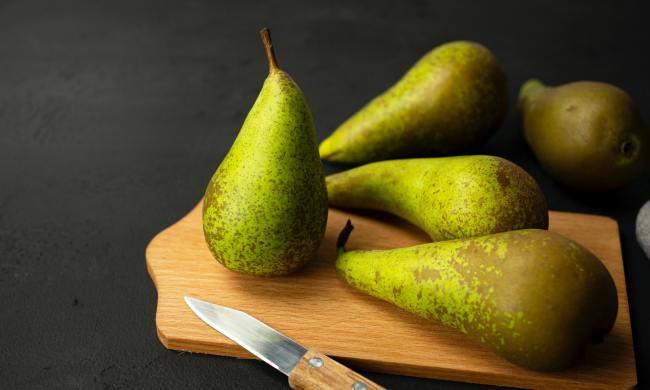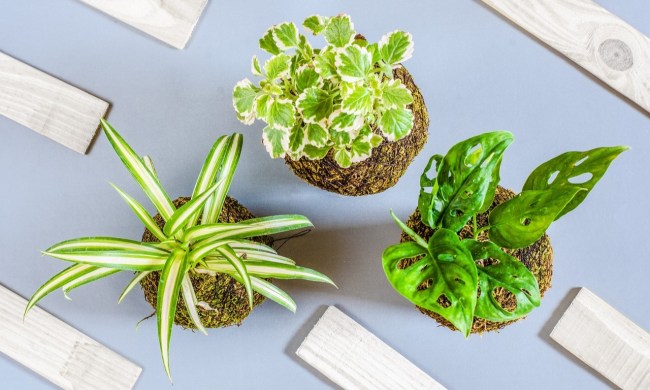As gardeners, we believe every day should be Earth Day, but we’re always excited for the opportunity to think about our impact on the planet every April 22. It’s a great way to remind ourselves of the affect we have on our world, how our gardens fit into the larger ecosystems of our communities, and how each decision we make at home can make a big difference.
From planting trees to upcycling old items, there are plenty of ways out there to show the planet a little love this Earth Day. We’ve put together our favorite ways to celebrate that the whole family can enjoy.
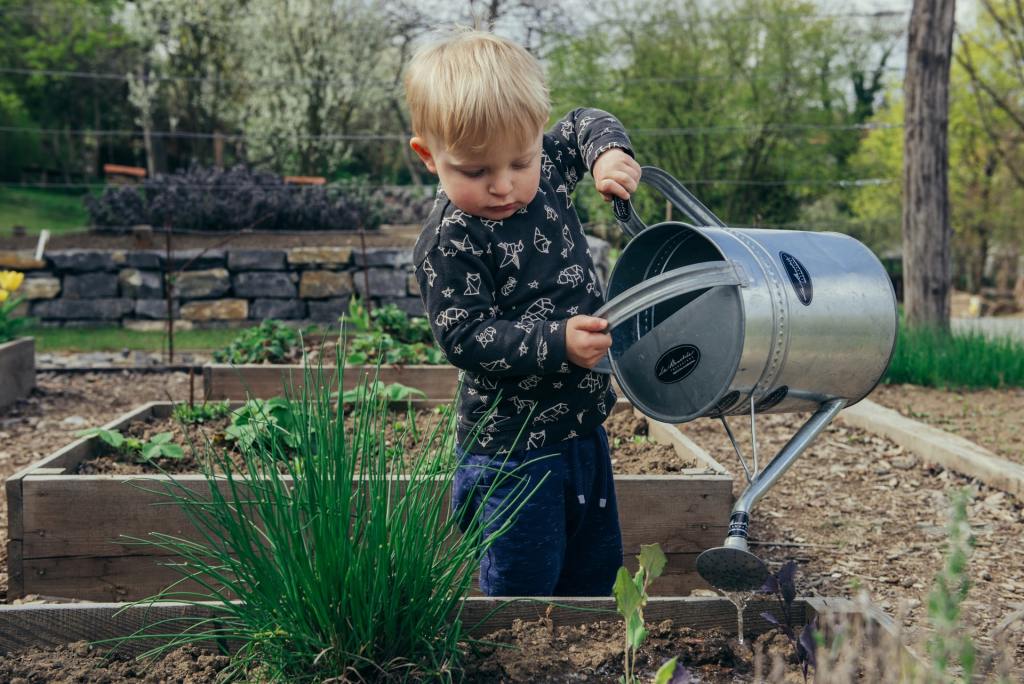
Plant a tree
Trees clean the air and give off oxygen, and they also add shade and aesthetic interest to your space — could there be any better reasons to plant a tree in your backyard? Visit your local garden center and buy either a potted or bare root tree to plant at home. Get your kids to join in the fun by having them mix compost and soil so that your tree has a habitable spot in your yard.
If you’re not ready to commit to a tree, begin with a small houseplant or a patio garden. Kids will have a blast checking out the gardening aisles at your local supply store, selecting the perfect plants, and learning how to care for them every day.
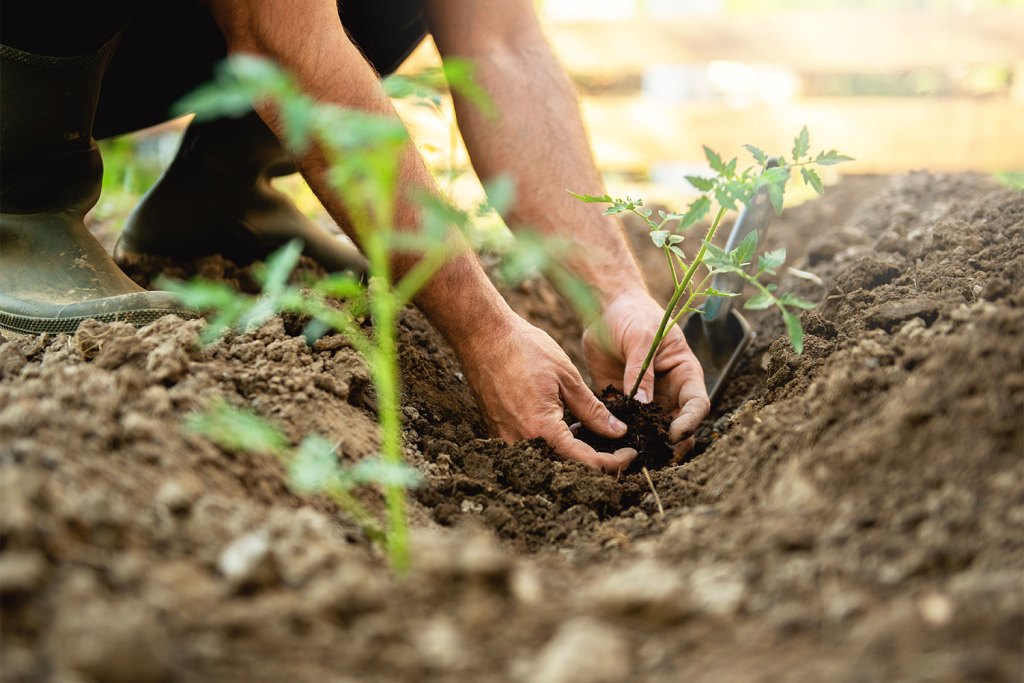
Grow your food
Growing your own fruits and veggies can help cut down on carbon emissions; you’ll reduce the shipping and transportation needed to get fresh produce from a farm to your local store. You don’t necessarily have to devote your entire garden to growing food, though. Start small by planting seeds or potted herbs in a modest container, then work your way up from there.
Love meeting other gardeners? Participate in a community garden to share access to healthy produce. If you don’t necessarily have time to commit to gardening, consider supporting your regional farmer’s market for fresh local goods that the entire family can enjoy!
Upcycle items around your home
Celebrate Earth Day by getting crafty with some old items lying around. Instead of throwing things away while your family takes on spring cleaning, consider upcycling things around the home — it’s the perfect opportunity to create decor for your plants.
Transform empty coffee cans into planters for indoor and outdoor plants (including those small plants your kids picked up at the store earlier on in the day). Transform old glass bottles that used to contain your beverages and beauty products into propagation stations for plant cuttings. Have old cups? Instead of buying a new planter, carefully drill in drainage holes to create a pot.
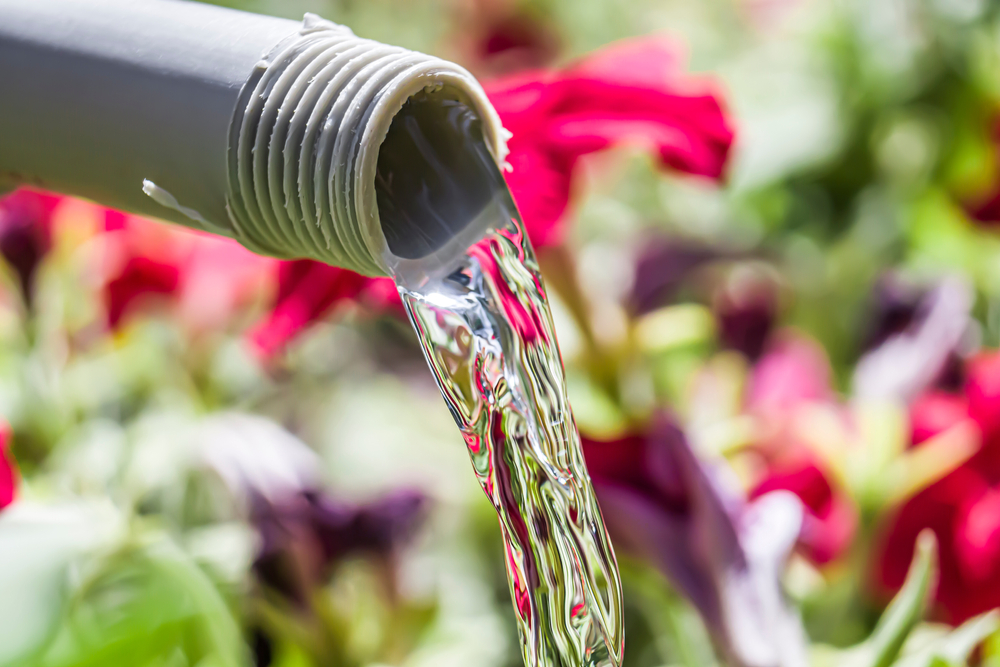
Cut back on water and energy usage
We often take water and electricity for granted, but they’re two of the utilities that are commonly wasted at home. Conserving water can be as simple as taking a shorter shower, fixing leaks around the house, or reusing pasta water for your houseplants. When you get rain, collect fresh rainwater runoff to use when watering your plants.
Reducing your home’s energy consumption can be just as easy. Yes, you can buy solar-powered landscape lighting, light sensors, and Energy Star-rated appliances. But before looking into new products, start lowering your energy usage by turning off lights and unplugging electronics when they’re not in use. It truly is the little things that make all the difference.
Update your household inventory with eco-friendly products
While you don’t need to overhaul every product you have at home, consider a greener alternative to the items you need to replenish. Your change can be as small as opting for rechargeable batteries instead of disposable ones, or choosing to reuse an old plastic shopping bag as a trash can liner. Items such as reusable straws, tote bags, and water bottles can also help you cut down on plastic consumption. Want to change up your personal care routine? Try bar shampoo or organic cotton face towels instead of items packaged in plastic.
You can also integrate greener solutions into your garden. Instead of using chemical pesticides and herbicides, consider organic and natural solutions. Try using mild soap and neem oil to get rid of unwanted critters in your yard. To get rid of weeds, mix a vinegar-based weed killer or buy a gentle organic herbicide. However you kick things off, it’s simple to introduce green alternatives and habits into your life.
Whether you choose to celebrate Earth Day in the garden, at home, or at a nearby park, take some time to consider the environmental impacts your home, garden and lifestyle have. By making these small simple changes in celebration of your planet, you can do your part to ensure a better planet for many generations to come.

